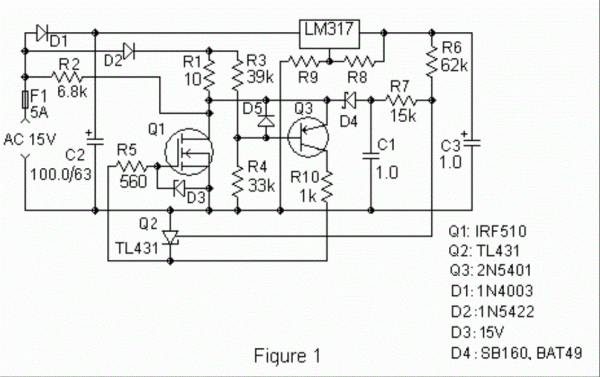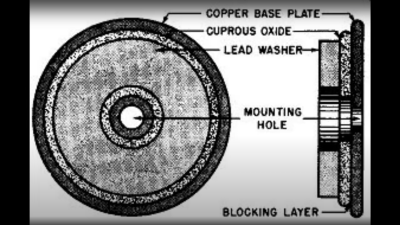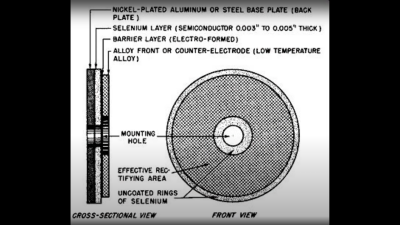If you ever wished electrons would just behave, this one’s for you. A team from Tohoku, Osaka, and Manchester Universities has cracked open an interesting phenomenon in the chiral helimagnet α-EuP3: they’ve induced one-way electron flow without bringing diodes into play. Their findings are published in the Proceedings of the National Academy of Sciences.
The twist in this is quite literal. By coaxing europium atoms into a chiral magnetic spiral, the researchers found they could generate rectification: current that prefers one direction over another. Think of it as adding a one-way street in your circuit, but based on magnetic chirality rather than semiconductors. When the material flips to an achiral (ferromagnetic) state, the one-way effect vanishes. No asymmetry, no preferential flow. They’ve essentially toggled the electron highway signs with an external magnetic field. This elegant control over band asymmetry might lead to low-power, high-speed data storage based on magnetic chirality.
If you are curious how all this ties back to quantum theory, you can trace the roots of chiral electron flow back to the early days of quantum electrodynamics – when physicists first started untangling how particles and fields really interact.
There’s a whole world of weird physics waiting for us. In the field of chemistry, chirality has been covered by Hackaday, foreshadowing the lesser favorable ways of use. Read up on the article and share with us what you think.








 based not upon silicon or germanium, but copper. Copper (I) Oxide is a naturally occurring P-type semiconductor, which can be easily constructed by heating a copper sheet in a flame, and scraping off the outer layer of Copper (II) Oxide leaving the active layer below. Simply making contact to a piece of steel is sufficient to complete the device.
based not upon silicon or germanium, but copper. Copper (I) Oxide is a naturally occurring P-type semiconductor, which can be easily constructed by heating a copper sheet in a flame, and scraping off the outer layer of Copper (II) Oxide leaving the active layer below. Simply making contact to a piece of steel is sufficient to complete the device. as the Selenium rectifier, based on the properties of a Cadmium Selenide – Selenium interface, which forms an NP junction, albeit one that can’t handle as much power as good old copper. One final device, which was a bit of an improvement upon the original CuO rectifiers, was based upon a stack of Copper Sulphide/Magnesium metal plates, but they came along too late. Once we discovered the wonders of germanium and silicon, it was consigned to the history books before it really saw wide adoption.
as the Selenium rectifier, based on the properties of a Cadmium Selenide – Selenium interface, which forms an NP junction, albeit one that can’t handle as much power as good old copper. One final device, which was a bit of an improvement upon the original CuO rectifiers, was based upon a stack of Copper Sulphide/Magnesium metal plates, but they came along too late. Once we discovered the wonders of germanium and silicon, it was consigned to the history books before it really saw wide adoption.









